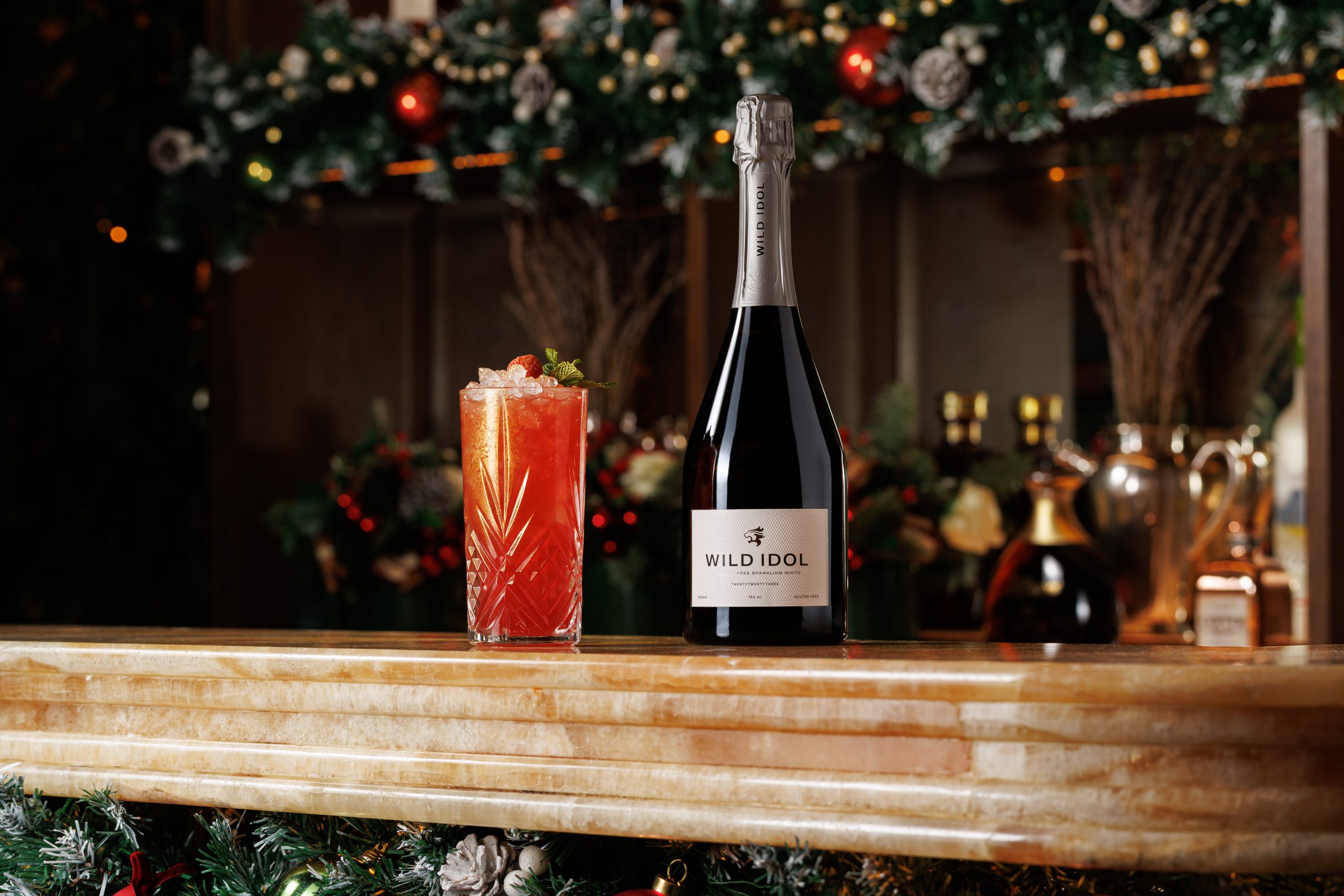Cinsault tipped as ‘South Africa’s Malbec’
The growing revival of old vine Cinsault in South Africa, once the country’s most planted variety, has seen one commentator predict that it could become the South African equivalent of Argentine Malbec.
During the 1970s Cinsault was the most planted grape variety in South Africa, however it was almost exclusively used in dry red blends. It was never championed as a single varietal.
“Because of its big berries you can struggle with colour and people used to think the darker the wine the better the quality”, explains Boutinot winemaker Marinda Kruger-Van Eck speaking to the drinks business at the recent Wine of South Africa’s Intrepid tasting in London.
“They would punch it down a lot with lots of maceration to get the colour extraction and you ended up with a harsh and very tannic wine. That’s why it ended up in dry red blends.”
Old vine revival
Some 40 years later, during which South Africa has re-emerged onto the world wine stage post-democracy, Cinsault is experiencing a resurgence with winemakers turning toward their country’s old vines to produce varietal and single vineyard Cinsault.
“Growers that couldn’t afford to rip it up and replant, those vineyards are now quite old, and with ageing comes balance and elegance”, added Kruger-Van Eck.
Cinsault is currently the 11th most planted variety on the Cape with 1,863 hectares planted, according to South Africa Wine Industry Information & Systems (SAWIS). Its return to prominence outside of blends, driven by a rediscovery of old vines, was arguably kick-started by Eben Sadie, of Sadie Family wines, whose winery released South Africa’s first single vineyard Cinsault, Pofadder, in 2009.
“Today there’s 35 single vineyard Cinsaults, he told db. “We have gone from one single vineyard to 35 in six years”, adding: “What’s great is that big players like Distell are now extensively using Cinsault, not only at the lower end, but upgrading grapes for their blends into the high end. So it’s not only in the niche wines, its big scale. It’s a true revival.”
Partner Content
Sadie is well-known for his experimentation with alternative varieties, be them historical to South Africa or foreign to the Cape, having already toyed with the likes of Grillo, Fiano, Cataratto, Assyrtiko, Agiorgitiko, Xinomavro and Verdelho, to name a few. This year Sadie planted Alicante Bouschet, a red variety from southern Portugal, and Counnois, another red from the southern Rhône but which is also found in California.
Asked why he decided to produce the single vineyard Cinsault Pofadder Sadie said: “I just tasted the wine and thought it was the most gorgeous thing ever. I couldn’t understand why more people didn’t take it more seriously. When I did that bottling it wasn’t without a head wind, but when the wine got great feedback it lit a spark inside the engine. But what was responsible for the rest of the revival is the fact is that the grape has a great affinity for this country. It loves the soil.”
South Africa’s Malbec?
So enthused about the variety is Lisbet Ryg Olsen of KWV that she believes it has the potential to become the South African equivalent of Argentine Malbec, with regard to its pulling potential to market South African wine.
“I think it’s going to be South Africa’s Malbec, because it’s very fruity. It’s not heavy and jammy. For me it’s like eating cherries. You get a lot of fruit flavours and acidity but you don’t get that heaviness that you get with other reds. We are good at making it because we have been making it for so long. Some of the oldest vines we have are Cinsault. We just have to make it fashionable again.”
But while there is clearly a lot of interest in Cinsault, and old vines are helping to give it a fresh lease of life, producers have not yet reaped the economic benefits, says Kruger-Van Eck.
“Small batches have gone into higher pricing, which is good, but the majority of Cinsault is still priced quite low, at the entry level. I think the real rewards are going to take some time. It will, we just have to keep doing what we are doing. We believe this is the right thing to do, if we can take this and increase its value. Education of the consumer also needs to happen.”




